The ITIL Guiding Principles is one of the cornerstones to the ITIL 4 framework and the ITIL Service Value System. It can be leveraged to drive the right behaviors and culture for your service management organization.
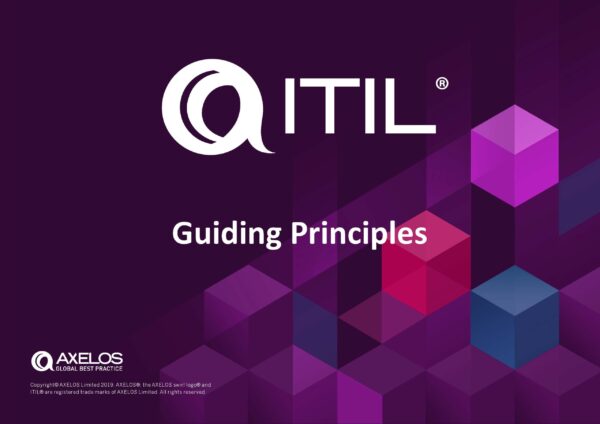
ITIL 4 defines its guiding principles as
Recommendations that can guide an organization in all circumstances, regardless of changes in its goals, strategies, type of work, or management structure.
AXELOS Copyright 2020
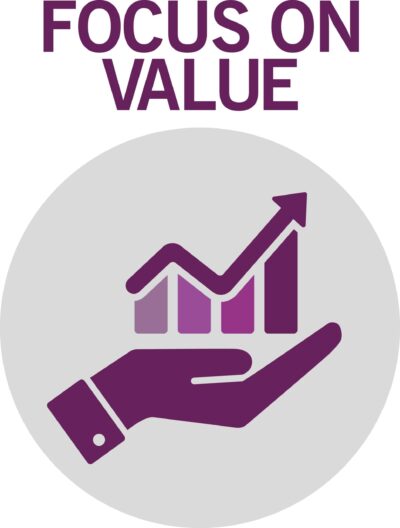
The purpose of every IT organization should be to create value for its stakeholders. For this to happen, you need to understand who your stakeholders are, what outcomes they seek and how the services you provide help achieve those outcomes. Consideration is given to your service consumers, but don’t forget about your other stakeholders such as employees, industry regulators, shareholders, etc.

A lot of good work has gone into the point where you’re at now. Of course, it’s not perfect, but it’s usually better to improve on what you have and know than to throw it all away and start anew. Observation is key to determining the current state and what can be leveraged. Reviewing reports should be done to confirm observations, not in place of them.
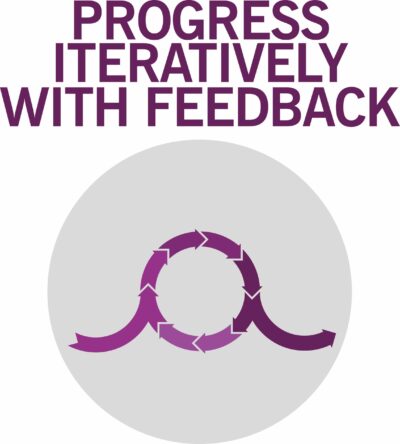
Large-scale, long-term projects with a Big-Bang delivery at the end is an inappropriate approach to delivering value. Instead, work should be broken down into smaller, manageable pieces through which value can be delivered more quickly. Throughout each of these iterations, feedback is sought to ensure you’re delivering what is needed (especially if the situation and business needs have changed from when you started).
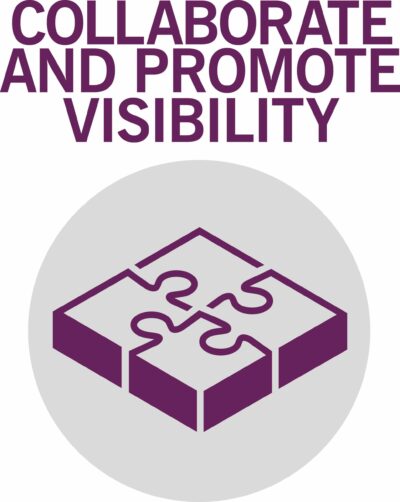
Improve efficiency and support by working together across boundary lines towards the common goal. Remove personal agendas and siloed ways of working. Build trust through transparency. Share what’s happening and progress (and challenges) with all stakeholders. An informed and included group produce the greatest results.
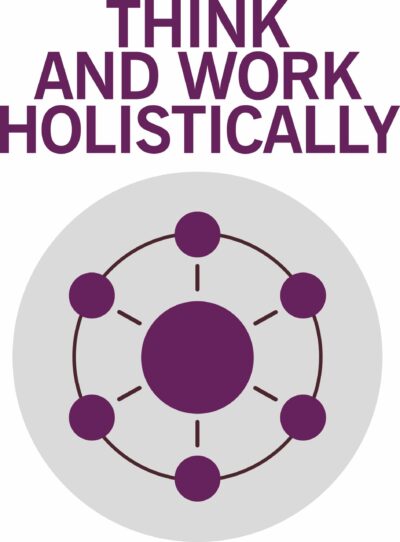
ITIL 4 refers to the “Four Dimensions” model of Service Management:
It is imperative that each of these Dimensions are considered. Every part, process, department and supplier involved must consider its role and be directed and maintained towards the common goal to ensure the desired outcomes are delivered.
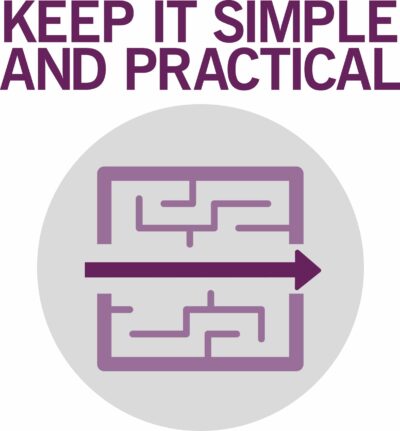
Simplify complex work through the elimination of anything (processes, procedures, metrics, etc.) that does not add value in support of stakeholders achieving their desired outcomes. Use the minimum number of steps that are needed and if a complex set of steps exist, ask “why” for each step and eliminate all for which there isn’t a strong, current reason.
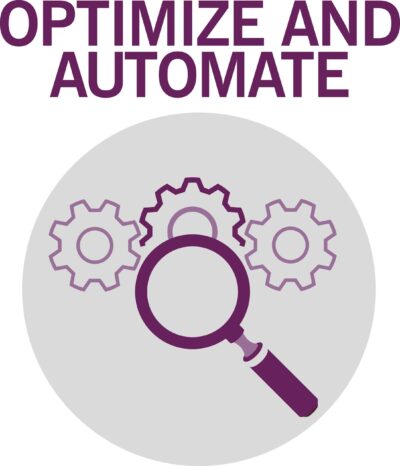
Use people and manual work for those tasks which cannot be automated. The initial focus should be on optimization to ensure efficiency and effectiveness, then look to automate. If the sole focus is on automation, it’s likely you’ll do the wrong thing – only faster!

